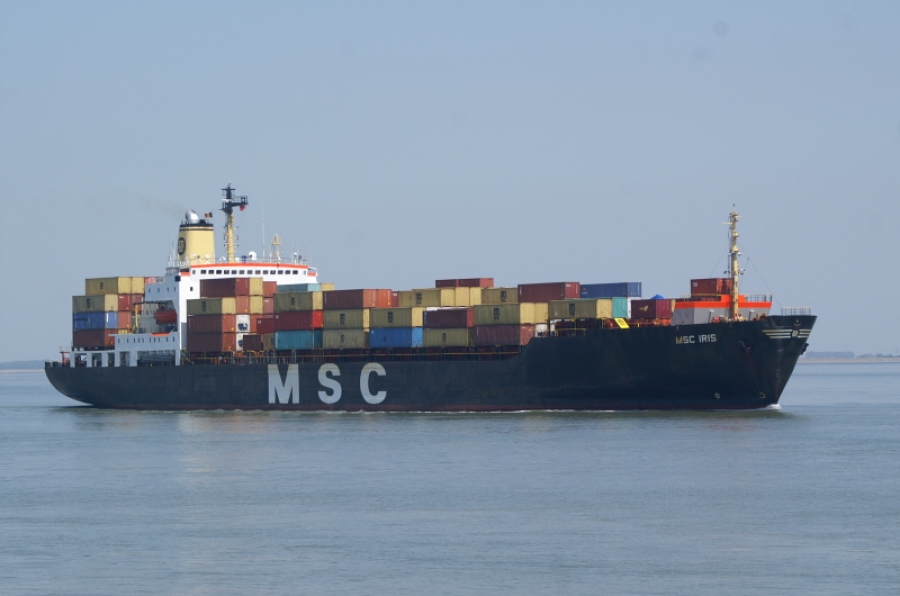The economics of a 36 year old containership

It was a photograph of a small containership that took my attention. She is currently operating for one of the world’s biggest operators, but is 36 years old. This might appear strange, when container vessels twenty years younger are being laid up in some numbers, in the expectation that they are unlikely to trade again.
What makes a ship redundant? The answer –“it’s the economy, stupid” – only scratches the surface, and in reality it is a little more complicated. The reason that that ancient containership, and her fleet sisters, keeps on sailing, while far newer ships go for scrap, is largely because of ownership. Bought for further trading at a price near scrap value, they are owned assets of a major operator, costing more than a modern unit to keep in operation, but still cheaper than the cost of chartering in those teus. These little old ladies will keep on going until either their machinery is worn out, or environmental regulations restrict their operations.
That same huge carrier is of course a lot fussier about chartered tonnage, insisting that its fuel consumption is miserly, its operational performance is state of the art and that it has all the latest environmental additions in ballast water management and emission control. And this is why the owners of ships, which do not meet these exacting standards, find that their vessels are increasingly unemployable, doomed to a short and uncertain life. They are also being edged out of their markets by the “cascading” effect of larger ships working their way through the various size ranges.
But surely, if you have a ship that is barely past its second Special Survey, you would try and keep it moderately attractive to charterers by modernising and keeping it technically up to date? In the 1980s, when the first and second generation high speed steam containerships were clobbered by high fuel prices, many of them were re-engined with economical diesel machinery, which kept them going into a considerable age. That wasn’t exactly cheap, but here again, it was only ships owned by the major lines which were so treated; others operating for owners with fewer financial resources, headed for the scrapyards.
Today, you can think of the environmental demands, in addition to the very latest requirements for fuel economy and there is very little justification for the continued existence of a ship without the specifications demanded by the major charterers. A couple of million dollars spend on scrubbers and water ballast management equipment (both of which will increase the fuel consumption), will most likely be money down the drain. You could hope against hope that economic growth will accelerate to such an extent that demand increases and the major charterers will not be so fussy, but that is a very long shot. Best to seek out the advice of the recyclers’ cash buyers.
We have been here before, of course although it wasn’t technical redundancy, but lack of demand and any hope of the same that saw so many big tankers into layup and thence into the scrapyards in the 1980s. Seeing one of the half a million tonne ULCCs, being broken up in Taiwan, after a notably unprofitable ten years for her oil company owner, is an abiding memory of that era, as much as the ranks of big ships rafted up in the world’s layup anchorages.
The sad thing is that a shipping industry, the archetype of the economist’s derived demand, remains so inept at anticipating those factors which will make ships unemployable. It is also a reminder that the phrase “future-proof” is not one that should ever be associated with the maritime world! That 1982 built containership, which I suppose was “state of the art” when she first entered service, is a very real reminder of those very uncertain days, which could well return to haunt our shipping industry.
HEADLINES
- Do shipping markets want Biden or Trump for the win?
- All 18 crew safe after fire on Japanese-owned tanker off Singapore
- Singapore launching $44m co-investment initiative for maritime tech start-ups
- Cosco debuts Global Shipping Industry Chain Cooperation Initiative
- US warns of more shipping sanctions
- China continues seaport consolidation as Dalian offer goes unconditional